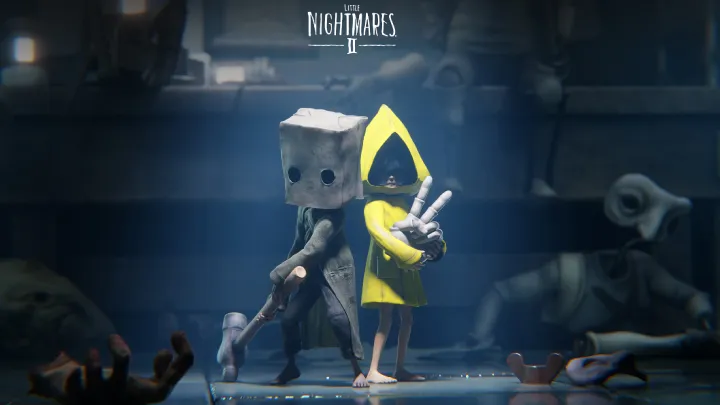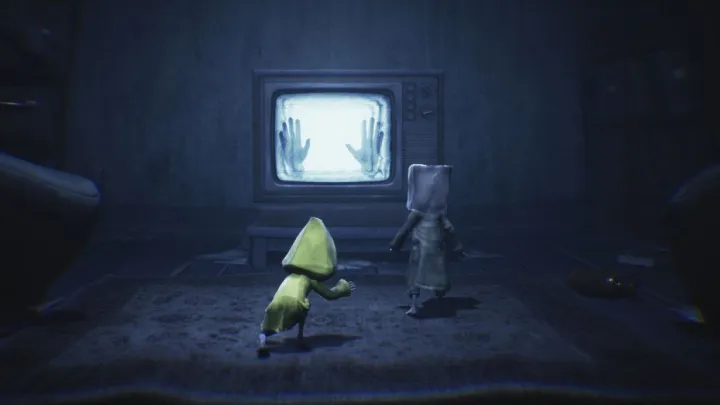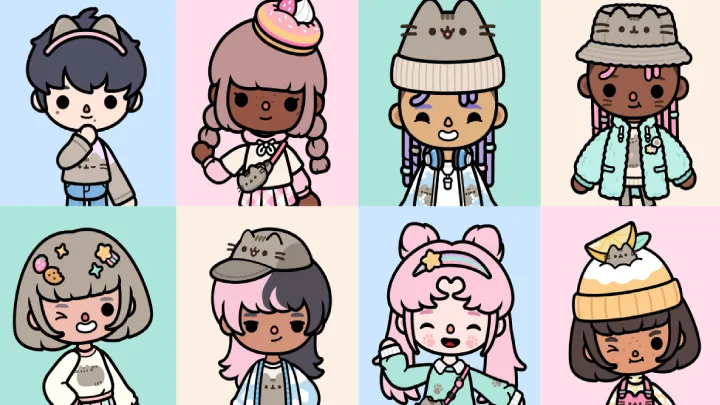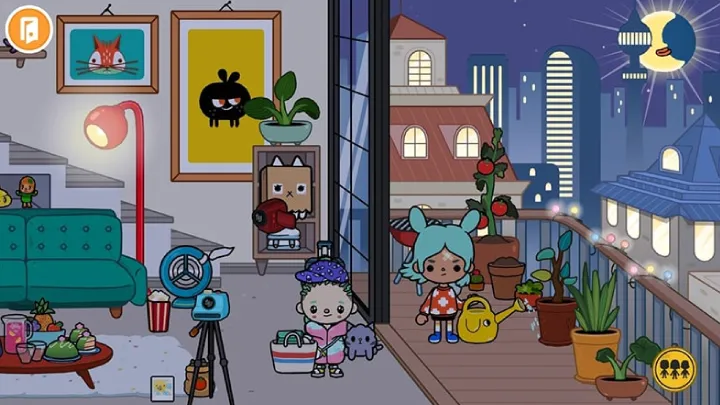A Journey Through a Twisted World
When Little Nightmares II was released, it was more than just a sequel; it was a powerful statement about the power of environmental storytelling and a testament to the idea that a great horror game doesn't need to rely on cheap scares. It continued the journey into a world of grotesque beings and suffocating dread, where a child’s perspective turns the mundane into the monstrous. The game’s premise is a simple but haunting one: a young boy named Mono, wearing a paper bag over his head, must navigate a dark and hostile world, all while being pursued by a mysterious antagonist. The core of its appeal lies in its three foundational pillars: the story, the gameplay, and the world-building.
The narrative is a deeply personal and emotional one, focusing on the journey of Mono and his companion, Six. The story is told without a single word of dialogue. Instead, it is communicated through the environment, the actions of the characters, and the unsettling atmosphere. The game is a masterclass in subtlety, with every small detail, from a discarded toy to a flickering television screen, telling a piece of a larger, tragic story. This powerful method of storytelling forces the player to engage with the world on a deeper level, piecing together the narrative like a puzzle.

The Art of Dread: Gameplay and Atmosphere
While the game builds upon the puzzle-platforming foundation of its predecessor, it introduces new gameplay mechanics that make the experience feel fresh and unique. Mono can now use a variety of makeshift weapons to fight back against the smaller enemies, which adds a new layer of tension and strategy to the game. The puzzles are more complex and more creative, often requiring players to use their wits and their environment to solve them. The addition of a companion, Six, also adds a new layer of gameplay, with players needing to work together to overcome obstacles and escape from their pursuers.
The World as a Character
The world of Little Nightmares II is a character in its own right. The game is set in a series of disturbing and twisted locations, from a dark and foreboding school to a terrifying hospital filled with mannequins. Each location has its own unique set of dangers and its own unsettling atmosphere. The game’s visual style, with its grotesque art design and a haunting color palette, is a feast for the eyes. The sound design is a masterpiece of dread, with every creak, every distant whisper, and every sudden noise contributing to a sense of constant tension. This focus on atmosphere and environmental storytelling is what makes the game so memorable.
The game's updates have also been a key part of its enduring appeal. While a single-player game doesn't have the same update cycle as a live service game, the developers have released a series of patches that have improved the game's performance, fixed bugs, and added new features. These updates, while not massive, show a commitment to the game's quality and its community.

A Legacy of Shadows
Little Nightmares II is more than just a game; it's a work of art. It is a testament to the idea that a great horror game doesn't need to be loud or violent to be terrifying. By focusing on a simple, heartfelt story, a unique blend of gameplay mechanics, and a haunting atmosphere, it has created a masterpiece that continues to resonate with players worldwide.
The game’s success is a testament to its commitment to quality and its understanding of what makes a horror story truly great. As the franchise continues to evolve, one thing is clear: the terrifying world of Little Nightmares has many more secrets to reveal, and its journey into the shadows is far from over.

















